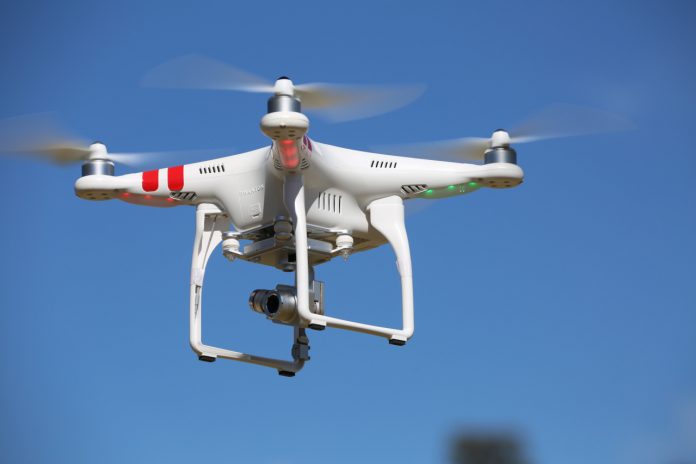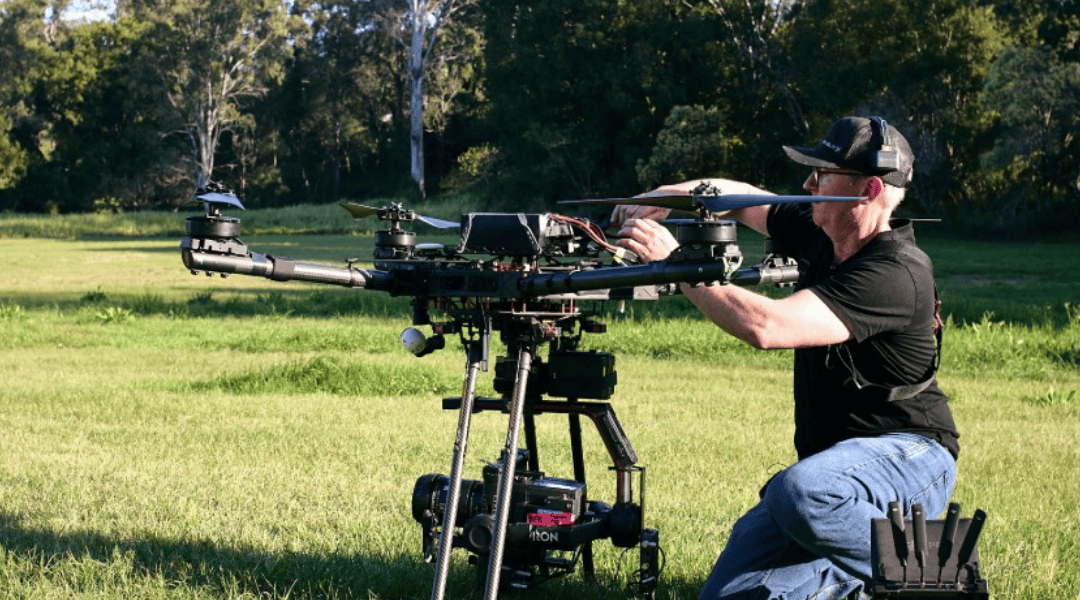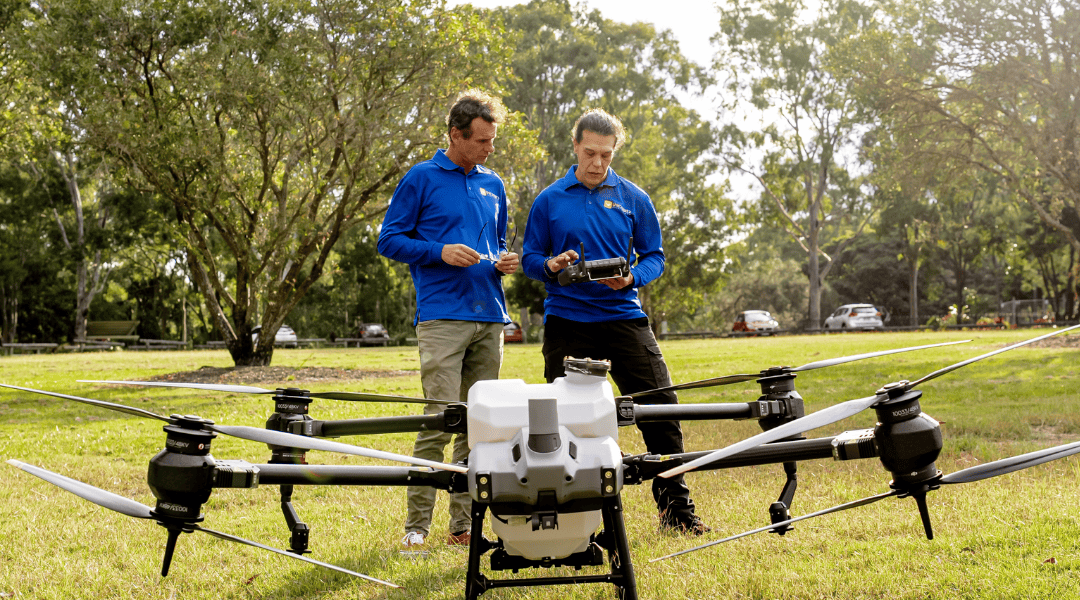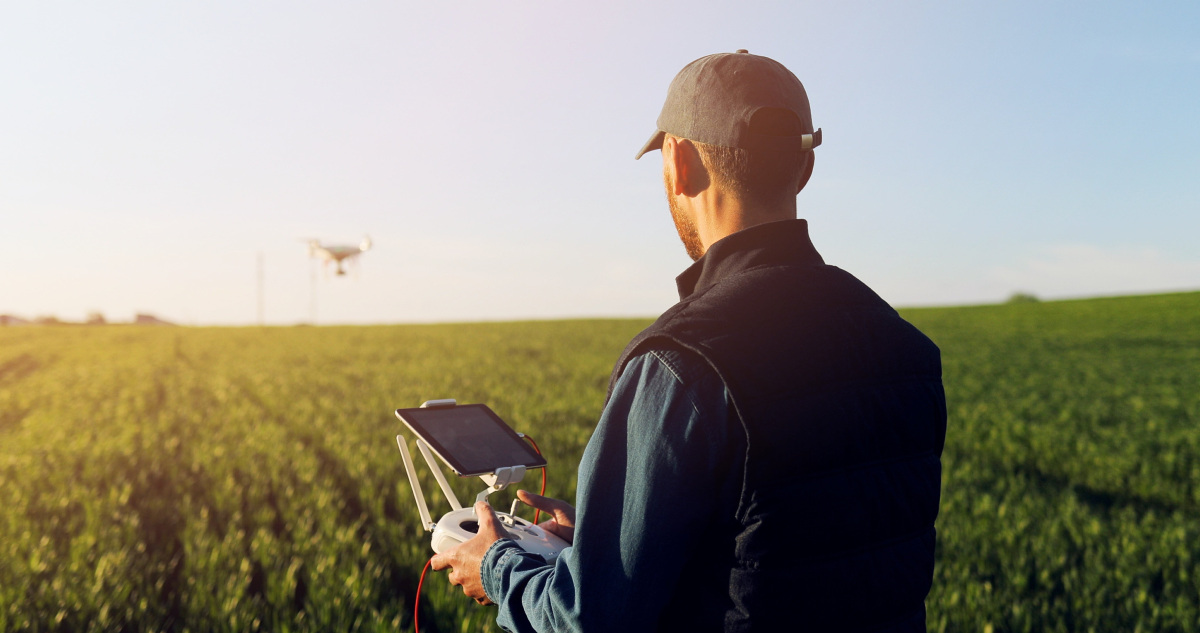Remotely piloted aircraft of the future would fly in the cloud, experts told the Australian Association for Unmanned Systems Exploring an Unmanned Future conference this week. However, they were not talking about VMC, but cloud computing, the wireless and networked use of remote computers in addition to processors on the drone.
Cloud computing would enable greater use of artificial intelligence, and greater data processing abilities that would be the basis of unmanned traffic management (UTM). The technology was already in existence, drone maker DJI’s head of public policy, Adam Welsh, said.
He told the conference of drone flights that assessed damage done in last year’s California bushfires using cloud-based artificial intelligence (AI). ‘It was an AI solution to automate the process of assessing what was damaged and what wasn’t. It could automatically estimate damage and give estimate of property value.’
Welsh said cybersecurity became a major issue when drones were connected to the cloud, and that DJI had recently taken steps to allow operators to enhance their cybersecurity. ‘You can host all your flight data on your own private cloud or on a secure cloud server. You decide your own level of security, and we don’t push firmware updates to your device,’ he said.
DJI estimated there were about 370,000 commercial drone operators in the world, and predicted this sector would grow, with the introduction of UTM. ‘All of this is happening without UTM, it’s all visual line of sight,’ Welsh said.
Asia Pacific digital aviation market development director, Thales, Frank Erb also predicted growth. ‘We believe manned vehicles and unmanned vehicles are going to be using airspace more than we see today. We need to be able to bring some solution that will enable the growth of the drone industry in Australia as well as worldwide,’ he said.
‘We see an integrated and interconnected environment where manned vehicles are sharing the airspace safely with unmanned vehicles and air mobility vehicles. All this can be enabled by relying on intelligent connectivity where air mobility vehicles are sharing information with each other using the telecommunications network.
Erb said Thales was working on a ‘cloud-native’, UTM solution. ‘The sectors in which drones are operating are going to be very wide—agriculture, police, security, mobility, and others, a wide range of industries that in the past didn’t have anything to do with aviation.’





